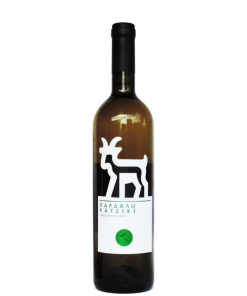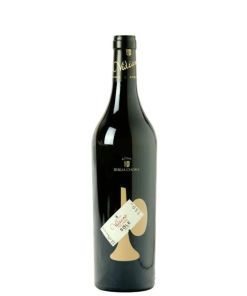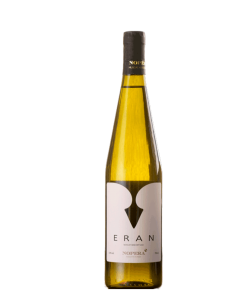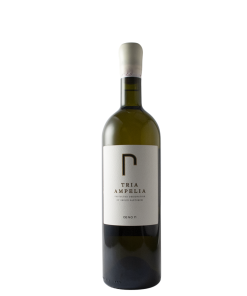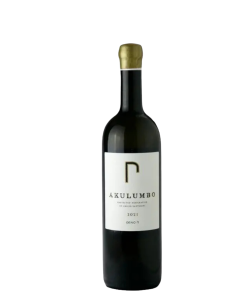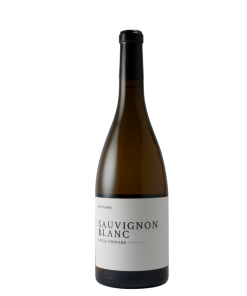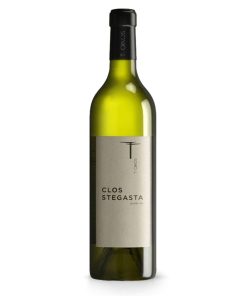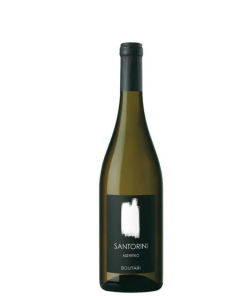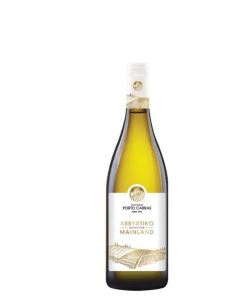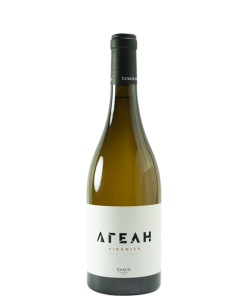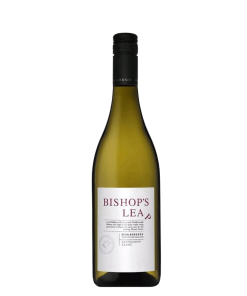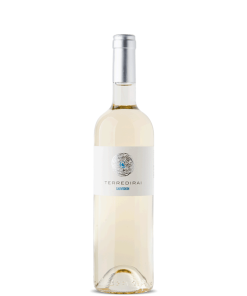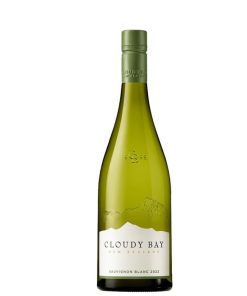White Wines on the Menu: How to Choose the Right Wine

As for wine, whites wines they offer a refreshing and versatile option that can complement a wide range of dishes. Whether you're hosting a dinner party, enjoying a romantic meal, or simply enjoying a delicious dinner at home, choosing the right white wine can elevate your dining experience.
Understanding the different types of white wines
Before diving into the world of white mating wines, it is essential to have a basic understanding of the different types of white wines available. White wines vary in their flavor profiles, acidity levels and sweetness, making them suitable for different occasions and food pairings.
A popular type of white wine is Chardonnay, known for its rich and buttery flavor. Chardonnay pairs well with creamy dishes such as pasta carbonara or lobster bisque. Sauvignon Blanc, on the other hand, offers a crisp and refreshing taste, making it an excellent choice for salads and light seafood dishes. Riesling, with its aromatic and slightly sweet notes, is a fantastic accompaniment to spicy cuisine and Asian dishes.
Exploring the nuances of white wines and experimenting with different varieties will allow you to find the perfect match for your meals.
Factors to consider when choosing white wines
When you choose white wines, several factors are at play. It is important to consider these factors to ensure that the wine you choose enhances the flavors of your meal.
First, consider the intensity of the dish. If you are preparing a delicate dish with subtle flavors, choose a lighter white wine that will not overpower the food. On the other hand, if you are serving a rich and flavorful dish, a fuller white wine body can provide a complementary taste experience.
Second, consider the acidity of the wine. High acidity white wines such as Sauvignon Blanc or Pinot Grigio can cut through the richness of fatty foods, while lower acidity wines such as Viognier or Gewürztraminer pair well with dishes that have a hint of sweetness.
Finally, consider the wine's sweetness level. Sweeter white wines, such as late-harvest Moscato or Riesling, are best paired with desserts or savory dishes, while drier white wines, such as Chardonnay or Chenin Blanc, are best paired with savory dishes.
By considering these factors, you can choose a white wine that harmonizes with your meal and enhances the overall dining experience.
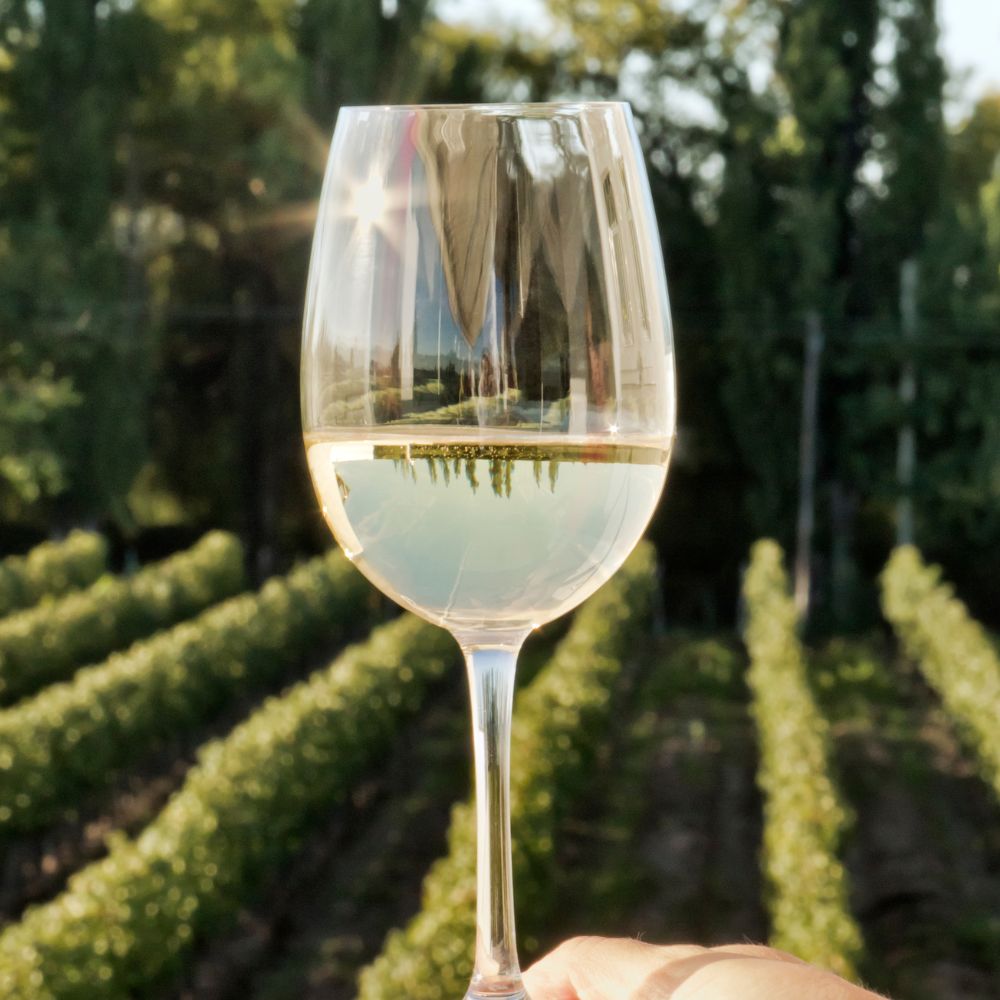
The importance of pairing wine with food
Pairing wine with food is an art that can elevate your dining experience and create a harmonious balance of flavors. When the right wine is paired with a dish, it can enhance the flavors, cleanse the palate and bring out the best in both the food and the wine.
One of the basic principles of wine pairing is to match the intensity of the wine with the intensity of the dish. For example, a light and delicate white fish like sole pairs well with a light and crisp white wine like Sauvignon Blanc, while a rich and creamy seafood pasta calls for a fuller-bodied Chardonnay.
Another important element is to match the flavors of the wine with the flavors of the dish. For example, a citrusy and herbaceous Sauvignon Blanc can complement a salad with a vinaigrette dressing, while a fruity and aromatic Gewürztraminer can enhance the flavors of spicy Asian cuisine.
By paying attention to the characteristics of both the wine and the dish, you can create an unforgettable dining experience that delights your taste buds and leaves a lasting impression.
Pairing white wines with appetizers and light dishes
When it comes to combining whites wines with appetizers and light dishes, it is important to choose wines that will not overpower the flavors of the food. Light and crisp white wines such as Sauvignon Blanc or Pinot Grigio are excellent choices.
For a cool summer salad, consider pairing it with a Sauvignon Blanc. The bright acidity and citrus flavors of the wine will complement the fresh and vibrant flavors of the salad. If you are serving a cheese platter as an appetizer, a light and aromatic Riesling can be a great accompaniment, as its sweetness can balance the saltiness of the cheese.
If you're serving seafood as an appetizer, a crisp, mineral-based Chablis can enhance the flavors of the dish without overpowering it. The wine's high acidity and subtle notes of green apple and lemon will complement the subtle flavors of the seafood.
Remember to keep the flavors light and refreshing when pairing white wines with appetizers and light dishes, allowing the wine to enhance the overall dining experience.
Pairing white wines with seafood and fish dishes
Seafood and fish dishes offer a wide range of flavors and textures, making them a perfect match for white wines. When pairing white wines with seafood and fish, consider the intensity of the dish and the flavors you want to bring out.
For delicate and mild fish such as sole or halibut, a light and crisp white wine such as Sauvignon Blanc or Pinot Grigio is an excellent choice. The acidity and citrus notes of the wine will complement the delicate flavors of the fish without overpowering them.
If you're serving a rich and creamy seafood dish like shrimp or lobster bisque, a fuller-bodied white wine like Chardonnay can provide the perfect balance. The wine's buttery texture and flavors of tropical fruit and vanilla will complement the richness of the dish, creating a harmonious pairing.
For more robust and flavorful seafood dishes, such as grilled salmon or tuna, consider a white wine with more complexity and structure, such as a white Bordeaux or a Viognier. These wines are fuller bodied and can stand up to the bold flavors of the fish, enhancing the overall dining experience.
Pair white wines with poultry and pork dishes
The white wines they can also be an excellent choice when paired with poultry and pork dishes. The key is to choose wines that complement the flavors of the meat and provide a pleasing contrast.
For light and lean poultry dishes, such as roast chicken or turkey breast, consider a white wine with medium acidity and subtle fruit flavors, such as a Chardonnay blend or white Rhône. These wines will enhance the flavors of the meat without overpowering them.
If you're serving a rich and flavorful pork dish, such as roast pork tenderloin or glazed ham, a slightly dry Riesling can be an excellent choice. The sweetness of the wine will balance the saltiness of the meat and provide a refreshing contrast.
For more complex and flavorful pork dishes, such as a spicy pork stir-fry or a roasted pork loin, consider a white wine with a hint of sweetness and spice, such as Gewürztraminer or a late-harvest Riesling. These wines will complement the flavors of the dish and enhance the overall dining experience.
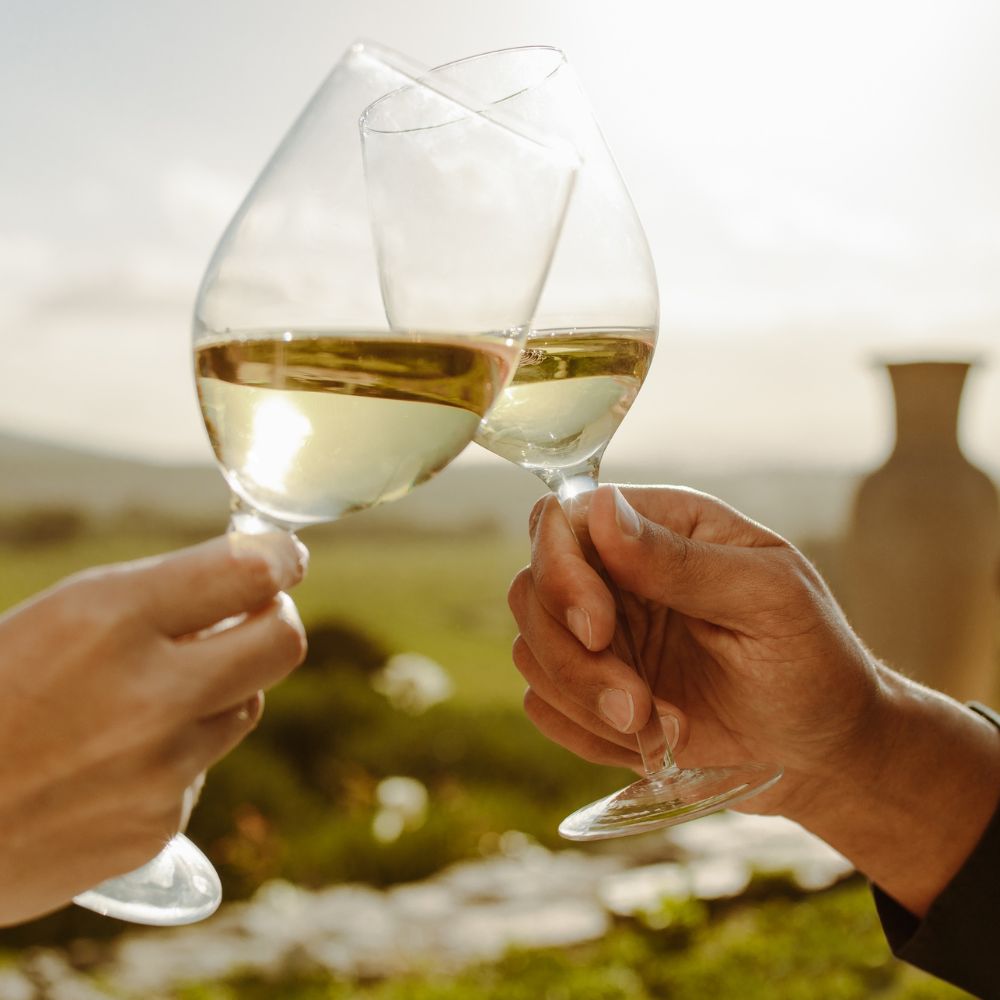
Pairing white wines with vegetarian and vegan dishes
Pairing white wines with vegetarian and vegan dishes requires a careful approach, as flavors and textures can vary greatly. The key is to consider the dominant flavors and ingredients in the dish and choose a white wine that complements them.
For light and fresh vegetarian dishes such as a salad or vegetable stir-fry, choose a light and crisp white wine such as Sauvignon Blanc or Pinot Grigio. These wines will enhance the flavors of the vegetables and provide a refreshing contrast.
If you're serving a rich and creamy pasta dish or a vegetable curry, consider a fuller-bodied white wine like Chardonnay or Viognier. The richness and complexity of the wine will complement the flavors of the dish and create a harmonious pairing.
For spicy and flavorful vegan dishes like a spicy tofu stir-fry or a vegetable curry, consider a slightly off-dry Riesling or a Gewürztraminer. These wines will balance the heat and spice of the dish and provide a refreshing contrast.
Remember to experiment with different white wines and vegetarian dishes to find the perfect combination that enhances the flavors and textures of the food.
Pairing white wines with cheese and dessert
The white wines they can also be a fantastic accompaniment to cheese and dessert, as they can provide a refreshing contrast and enhance the flavors of these delectable treats.
When pairing white wines with cheese, consider the intensity and type of cheese. Light and fresh cheeses such as goat cheese or feta go well with light and crisp white wines such as Sauvignon Blanc or Pinot Grigio. The acidity of the wine will cut through the richness of the cheese and provide a refreshing contrast.
If you're serving a creamy and rich cheese like Brie or Camembert, consider a fuller-bodied white wine like Chardonnay or a white Bordeaux. These wines will complement the creaminess of the cheese and create a harmonious pairing.
When it comes to pairing white wines with dessert, consider the level of sweetness of the wine and the dessert. Sweeter white wines, such as late-harvest Riesling or Moscato, pair well with fruity desserts or desserts with a touch of spice. The sweetness of the wine will enhance the flavors of the dessert and provide a delightful finish to the meal.
Conclusion
Choosing the right white wine to pair with each meal is an art that can enhance your dining experience and bring out the flavors of your dishes. By understanding the different types of white wines, considering the factors that influence wine selection, and paying attention to the characteristics of both the wine and the food, you can create harmonious pairings that will please your taste buds.
Remember to experiment with different white wines and dishes, as there are no hard and fast rules when it comes to wine pairing. Trust your palate, explore new flavors and enjoy the journey of discovering the perfect white wine for every meal.

